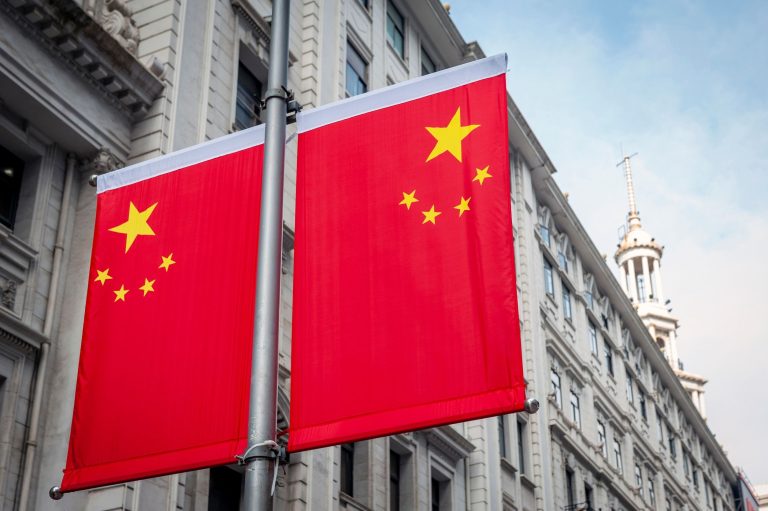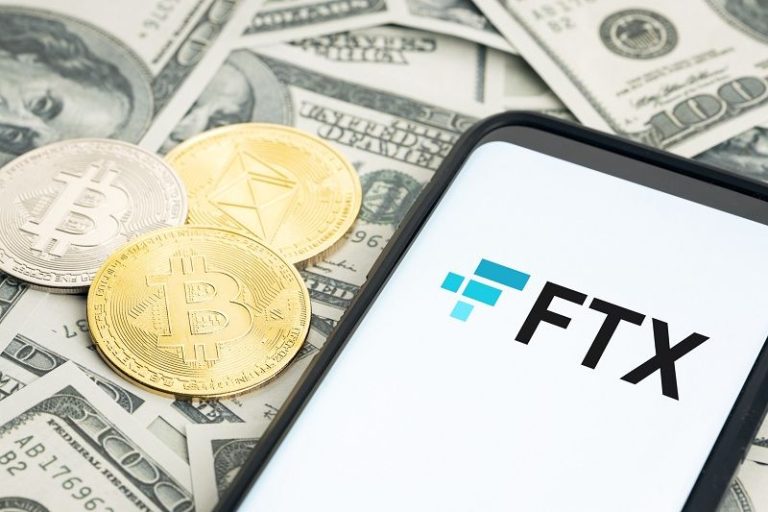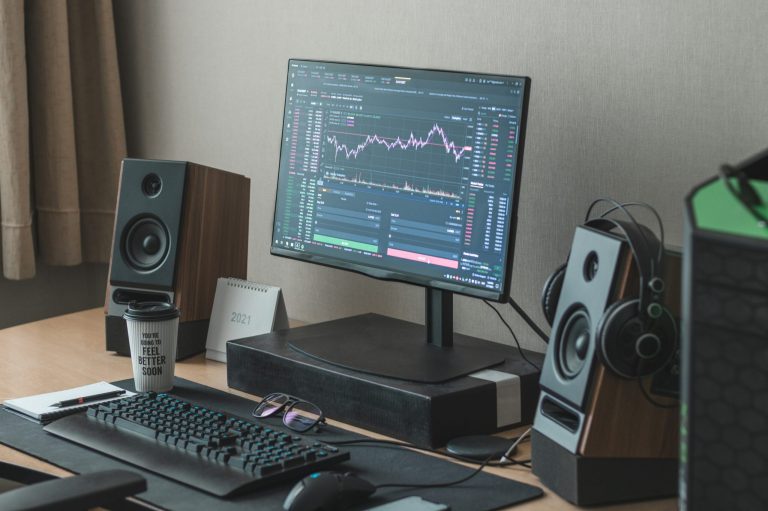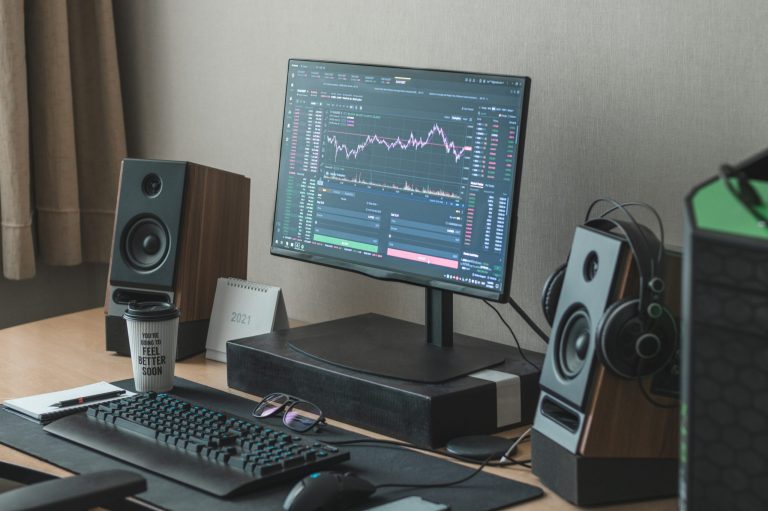After years of sluggish growth, China is now making bold moves to reignite its faltering economy.
In a dramatic push, Beijing has rolled out massive stimulus measures aimed at boosting consumer spending, rescuing the crumbling real estate market, and reviving its stock markets.
The Hang Seng Index, which had been languishing for four consecutive years, recently surged by over 18%, marking its biggest two-week rally in nearly two decades.
But with consumer confidence at historic lows and businesses reluctant to invest, it’s still unclear whether China’s economy is truly turning a corner, or are these measures just a temporary illusion?
Why is China struggling?
China’s economic troubles are deep-rooted. Decades of rapid growth built on property speculation, high debt, and manufacturing have left the country vulnerable.
The real estate sector, which accounts for 70% of household wealth, has been in freefall since 2021, with property prices in Tier 1 cities dropping as much as 30% from their peak. This has wiped out significant wealth for families and eroded consumer confidence.
In addition, years of strict COVID-19 lockdowns stifled economic activity and left businesses reeling. Even after the pandemic, Chinese consumers have been reluctant to spend, with the country’s consumer confidence index down nearly 30% from 2022 levels. Unemployment, especially among young people, remains high, and the property crisis continues to cast a long shadow over the economy.
What’s inside China’s stimulus package?
In late September, China’s leadership, under President Xi Jinping, unveiled a comprehensive set of fiscal and monetary policies aimed at halting the country’s economic decline.
The stimulus package includes the issuance of 2 trillion yuan (approximately $284 billion) in sovereign bonds, with half of the funds allocated to relieve heavily indebted local governments and the other half directed toward consumer support programs.
Additionally, the People’s Bank of China (PBOC) announced interest rate cuts, reducing the 1-year medium-term lending facility rate to 2% and lowering the main policy rate to 1.5%. These rate cuts are intended to ease borrowing costs and stimulate lending.
In an effort to address the struggling real estate market, the government has also reduced the minimum down payment for second-time homebuyers from 25% to 15%, a move designed to encourage more home purchases and stabilize the property sector.
Furthermore, Beijing is taking steps to support its financial markets by making 500 billion yuan available for lending to investment funds and brokers, alongside an additional 300 billion yuan to finance share buybacks by listed companies.
These measures aim to boost market confidence and offset the wealth losses caused by the ongoing property crisis.
These policies build on earlier efforts introduced in May, which were largely seen as inadequate in turning the tide. This time, however, Beijing appears to be signaling its determination to take stronger action, adopting a “whatever-it-takes” approach to stabilize the economy and achieve the government’s ambitious goal of 5% growth for 2024.
Are investors overreacting?
Following the stimulus announcements, investors rushed back into Chinese stocks, sparking a short-term rally. Hedge funds with big bets in China saw returns of up to 25%, and the Hang Seng China Enterprises Index jumped more than 35% in just a few weeks, outperforming over 90 global equity indexes tracked by Bloomberg.
The stock surge has led some analysts, like Goldman Sachs, to predict even more gains—potentially another 15-20%—if the government delivers on its promises.
However, many major players, including JPMorgan Asset Management and Invesco, remain skeptical. While they acknowledge that the stimulus measures have improved sentiment, they warn that many stocks may now be overvalued and disconnected from the reality of China’s long-term economic challenges. The focus, they argue, should be on fundamentals, not short-term market rallies.
Can this stimulus truly resurrect China’s economy?
The real question is whether these measures can spark sustainable growth. Analysts agree that China’s biggest problem isn’t a lack of liquidity or access to loans—it’s the lack of consumer and business confidence. Households, burdened with real estate debt and faced with declining property values, are simply unwilling to spend. Businesses, meanwhile, have scaled back capital investments, wary of an uncertain future and remembering past political crackdowns on private enterprise.
A key part of the government’s strategy is to fix the property market, which has been a cornerstone of China’s economy for decades. By cutting mortgage rates and lowering down payment requirements, Beijing hopes to revive home buying. But with real estate prices continuing to fall and oversupply remaining a problem, many believe this is just a temporary fix.
In addition, consumer-focused measures, such as cash allowances for low-income families and subsidies for families with multiple children, are unlikely to drive long-term demand. These payments will provide a short-term boost, but they won’t solve the deeper issues affecting China’s economy.
What are the potential scenarios to consider?
The recent market rally has been encouraging for investors, but significant risks in China’s economy persist. Looking forward, there are a couple of potential paths that could unfold.
One possibility is that Beijing continues to introduce stronger fiscal measures, such as direct cash payments to households, larger infrastructure investments, or further restructuring of the real estate market. These actions could help stabilize the economy and drive further growth in the stock market.
If this happens, the current rally may extend beyond a temporary boost, offering potential opportunities for investors, particularly in sectors like technology and green energy, where the government has shown a clear commitment to development.
On the other hand, if consumer confidence remains weak and businesses continue to hesitate on investing, the economy could struggle to gain momentum. In this case, the recent stock market gains could be short-lived, with the economy facing prolonged slow growth or even deflation.
Investors might want to approach Chinese equities with caution in this scenario, considering safer investment options like bonds or diversifying into other markets to manage potential risks.
The post China’s economic comeback: stimulus sparks hope, but is it just a mirage? appeared first on Invezz










